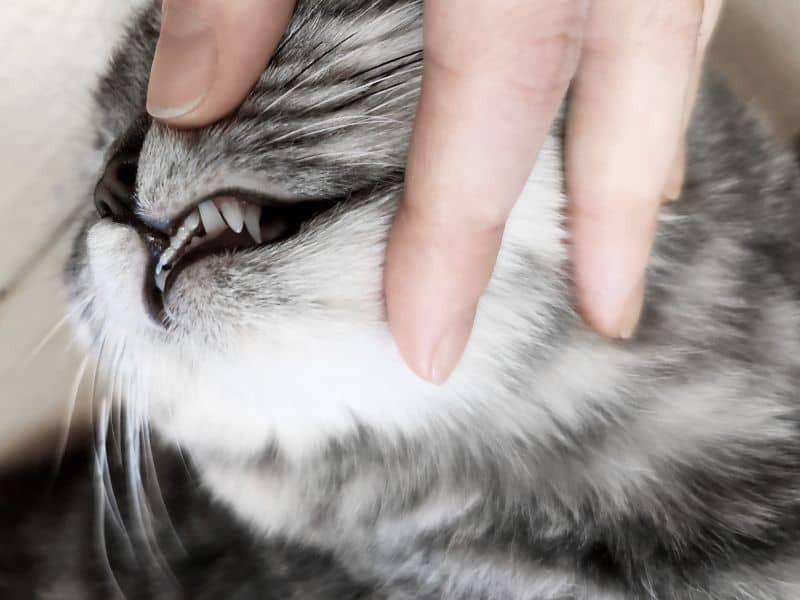Diagnosing the Stages of Pet Dental Disease

Dental disease is an extremely common problem for pets. In most instances, it is a health issue that is completely preventable. Some form of pet dental disease, also known as periodontal disease, is present in about 85% of pets by the time they reach age 4.
Although it is a common issue, many pet owners are oblivious to the problem until the disease has progressed. When periodontal disease is visible to the eye, it is highly likely that the animal is already having pain and potentially bleeding from the gums, which indicates an infection of the mouth. At this point, a pet is much more susceptible to tooth loss and, in extreme cases, bacteria traveling through the bloodstream and negatively affecting internal organs.
At Mobile Pet, M.D., we pay special attention to the dental health of our patients to avoid serious issues before they even begin.
The Four Stages of Pet Dental Disease
Pet dental disease can be broken down into the following four stages:
Stage 1 – The first stage of pet dental disease is gingivitis, which is inflammation of the gums after repeated exposure to bacteria and tartar. If properly addressed, gingivitis can be reversed before it advances further.
Stage 2 – Known as early periodontitis, this second stage includes symptoms like a minimal bone loss (25% or less) that can be seen on X-rays. This stage might come with bad breath, red gums, and visible plaque and tartar.
Stage 3 – Stage 3 occurs when the dental disease progresses far enough that it will cause significant bone loss (25-50%). Gums will be redder and more swollen, and the teeth might start to detach from the gums. Pets with Stage 3 dental disease causes significant pain for the pet and will most likely lead to surgery.
Stage 4 – This final stage is by far the most severe and will eradicate more than 50% of the bone. Pets with the final stage of dental disease will also be at significant risk of systemic infection and organ damage from bacteria traveling through the blood.
Preventing and Treating Pet Dental Disease
With the proper care and regular dental visits with your veterinarian, you can prevent oral health issues before they begin. At-home care paired with thorough examinations helps us work together to keep your pet’s mouths free of potentially dangerous dental disease.
Regularly brushing your pet’s teeth is very important when it comes to avoiding oral health issues. The earlier you can start to brush your pet’s teeth, the better, but even if you start later in life, it can help improve overall dental health.
If you have any questions or would like to schedule a dental appointment, please don’t hesitate to give us a call. Your team at Mobile Vet, M.D. is here for you and your pet.
Please note: Before any visit, it is always a good idea to confine your pet to a small area such as a bathroom so we can be sure to promptly provide care, as lots of pets can go running for cover as soon as they hear someone at the door!
